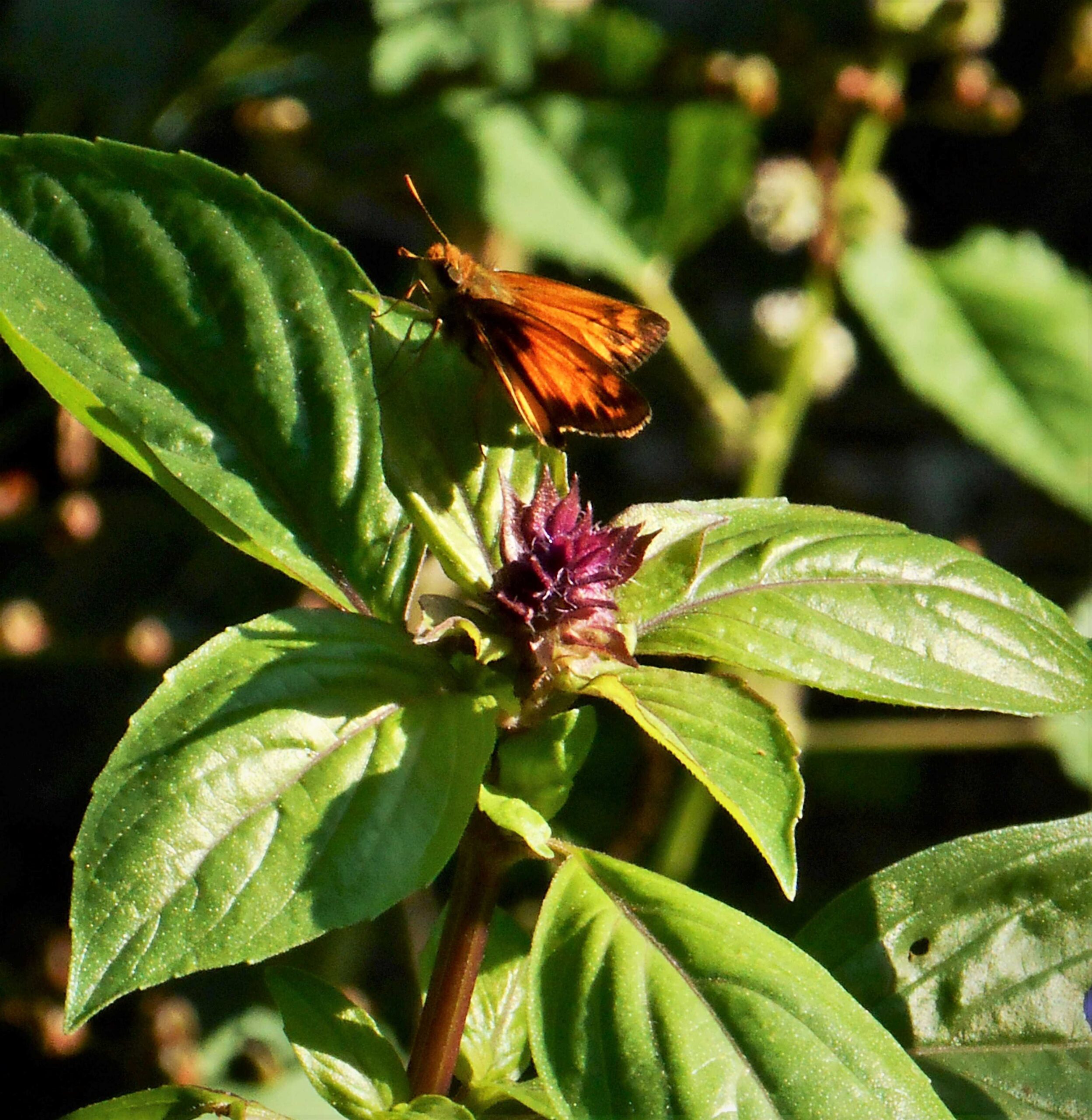The Regal Southern Magnolia
The sweet fragrance of Magnolia flowers on a warm breeze announces summer in Virginia. But that wasn’t the case 400 years ago, before European colonists began exploring for interesting tree species, transplanting them to new areas, and exporting them back to Europe. The original native range of Magnolia grandiflora is only from the Carolinas south to Florida and westwards towards Texas along the Gulf Coast. Our iconic Southern Magnolia trees aren’t indigenous in this region, but they have since...










